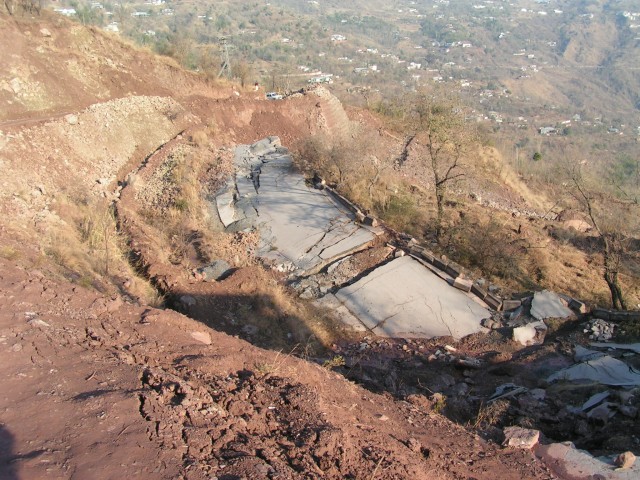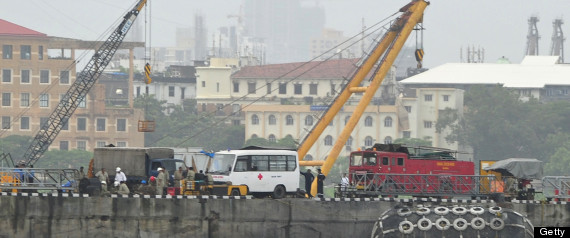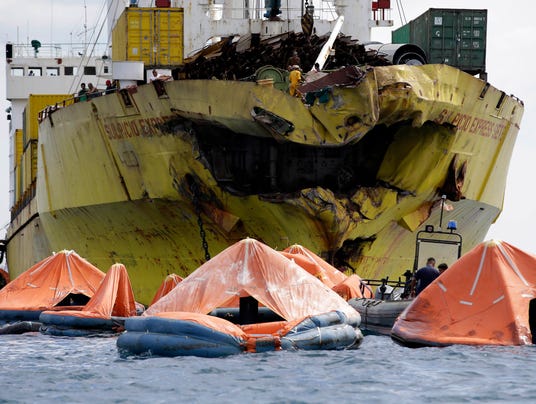
Exhumed from an Israeli-numbered grave to be handed over to his family for proper burial, the man in "Casket 5056" lies in a Palestinian morgue a year on - unidentified and unclaimed.
Since 1967, Israel has been withholding the bodies of an unknown number of Palestinians interred in numbered instead of named graves. The Palestinian Campaign to retrieve the bodies of Palestinian and Arab war victims and determine the fate of the missing has documented more than 60 cases of missing Palestinians and about 370 others buried in numbered graves in Israeli-controlled cemeteries.
In May 2012, Israel handed the Palestinian Authority (PA) 91 bodies it had been holding for decades. They were all buried except the man in Casket 5056, whom Israel said was Nasser al-Bouz.
Nasser, who would be 48 years old today, was on Israel's most-wanted list for establishing Fatah's military wing during the First Intifada. In July 1989, his family said he received a message from then PLO chairman Yasser Arafat urging him to head to Tunisia for his safety. He was last seen alive near his hometown of Nablus in August 1989.
"We were told he's in an Israeli secret prison," Wael al-Bouz, Nasser's brother, told Al Jazeera. "Some said he was in a Jordanian prison. Others told us they met him in Germany."
Reports about Nasser's whereabouts contradicted each other. The family, however, was eager to learn anything they thought could help determine his fate. "We knew a lot of the reports were rumours," Wael said. "But we were lost. We wanted to believe he was alive."
The family said Israel never acknowledged detaining or killing Nasser. When his brothers learned his name was on the list of bodies Israel was handing over to the PA last year, they were shocked.
The wrong person
Although they were to receive Nasser in a coffin, his brothers thought they would finally get closure. But it wasn't long before their wound was reopened. "When we opened the casket, we knew the remains were not for Nasser," Wael said.
The family was told that the remains were of a Palestinian killed in May 1989 - three months before the family said they last saw Nasser. That aside, dental records, marks from gunshot wounds, and the clothes size made the family even more suspicious.
DNA tests were performed in Jordan, twice. The results both times came back negative: the remains did not belong to Nasser al-Bouz. Worse yet, the remains in Casket 5056, which the Israelis handed over as Nasser al-Bouz, were found to belong to more than one person.
Lawyers at the Jerusalem Legal Aid and Human Rights Center said it was not the first such case. DNA tests had to be performed multiple times in five other cases of Palestinians buried in numbered graves, before the remains were matched with the corresponding details in Israeli files.
"This is indicative of other mistakes," said Issam Aruri, director of the Jerusalem Legal Aid and Human Rights Center. Bodies in numbered graves are often buried in adjacent rows. The tombs are shallow and bulldozers are used whenever an exhumation takes place. Until 2000, the bodies were not buried in boxes, rather interred in graves with metal plates indicating codes of classified files.
"What they did with non-Jewish bodies - they have this kind of discrimination - is that they don't admit that we are entitled to the same rights and to the same dignity, whether alive or dead."
Not far from Nablus, another Palestinian family has been waiting to properly bury its son for 33 years.
Anis Doleh of Qalqilya died in the Israeli prison of Askalan. In August 1980, he collapsed in his prison cell of a heart attack after joining a 30-day hunger strike.
The family tried to retrieve his body from the Israeli authorities several times. They received answers such as that Anis was released on August 31, 1980 - the date he died.
Futile correspondence
For years, the family was caught in a vicious cycle of futile correspondence with the Israeli authorities.
The family petitioned the Israeli Supreme Court to demand the release of Anis' remains, armed by letters he sent while in prison, reports from the ICRC that Doleh was imprisoned and died while in custody, as well as a reference for a post-mortem issued by the Israeli Abu Kabir Forensic Institute dating back to May 3, 1982.
The appeal was turned down in March 2013. In its decision, the Israeli court said that it has been too long since Doleh's death, and given that the search results of various Israeli authorities didn't yield anything, there would be no use in issuing a decision in favour of the family's demand to release Anis' remains.
"They're lying," declared Hasan Doleh, Anis' brother. "He can't just evaporate." The family is not excluding any options. "Did they steal his organs?" Hasan asked. "Did they use his body for medical training?"
Although there is no indication to what might have happened to Anis' remains, Doleh's fears were rendered legitimate a couple of years ago, when Israeli pathologists admitted they harvested organs from dead bodies without permission of their families.
When asked for a justification of the mistakes made, the Israeli army said transferring bodies to the Palestinian Authority was a gesture of goodwill.
"The bodies in question were transferred to the PA bearing the same names as they were given upon their burial," the Israeli army said in a statement to Al Jazeera. "The PA agreed to accept the bodies without conducting a preliminary DNA test."
Because of this, the Jerusalem Center filed another petition earlier this year to the Israeli Supreme Court, this time demanding the establishment of a DNA database.
The Israeli authorities are expected to take samples from the bodies they are withholding, ensure the remains in each casket belong to one person and match the results with their records, Aruri explained. But he is not hopeful. "All we need to fold this page is some effort and good will," he said. "The Israelis are showing neither."
Earlier, the Israeli authorities had offered to hand over about 80 Palestinian corpses. The families were reluctant to receive them, and the Jerusalem Center advised the PA against accepting them - because they were to be handed over unidentified.
"We don't want to get them in a pile," Aruri said. "We don't want to exhume bodies from Israeli-numbered graves to bury them in Palestinian-numbered graves."
Unidentified and unclaimed
At the Abu-Dis Institute of Forensic Medicine lies a body of the man thought to be Nasser al-Bouz. "Technically, the remains can be kept here for another year or two," said Dr Saber al-Aloul, head of the institute.
Since they are unidentified and unclaimed, the remains are to be kept accessible at the morgue for possible DNA matching in the near future. "The procedures to dig a grave are religiously, legally and technically exhausting," al-Aloul said.
According to al-Aloul, the remains belong to a male between 30 and 40 years of age, who died at least 15 years ago. The man in question apparently died of multiple gunshots to his head. "No injuries were found in upper or lower limbs, reinforcing doubts that this person might have been executed," al-Aloul told Al Jazeera.
Somewhere, a family of a Palestinian or an Arab may be living the agony of al-Bouz's family and the fears of the Dolehs - not knowing whether their son is dead or alive. They endure the painful wait to properly bury a loved one, and have his name engraved on a tombstone - where they go to visit, plant a rose, and say a prayer.
Monday 19 August 2013
http://www.aljazeera.com/indepth/features/2013/07/201373184119455266.html









